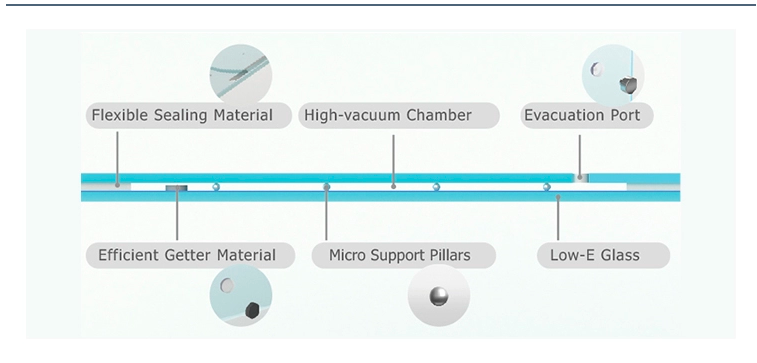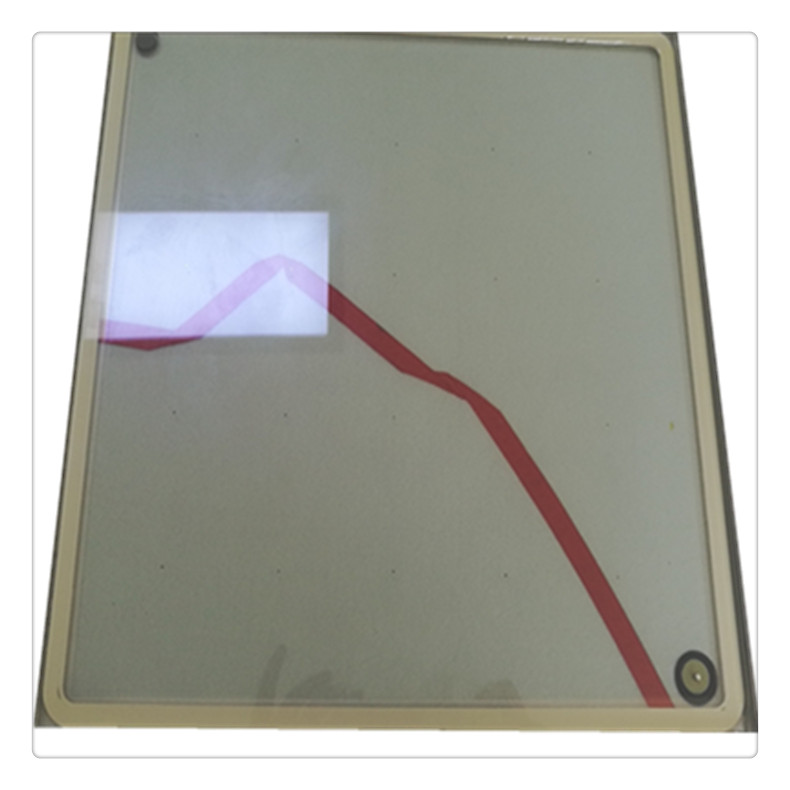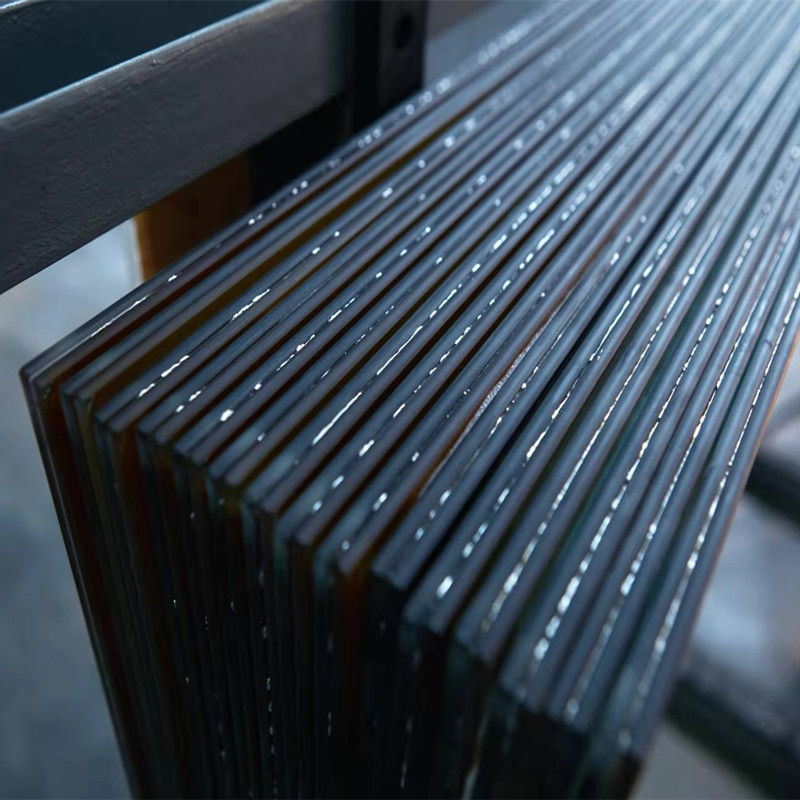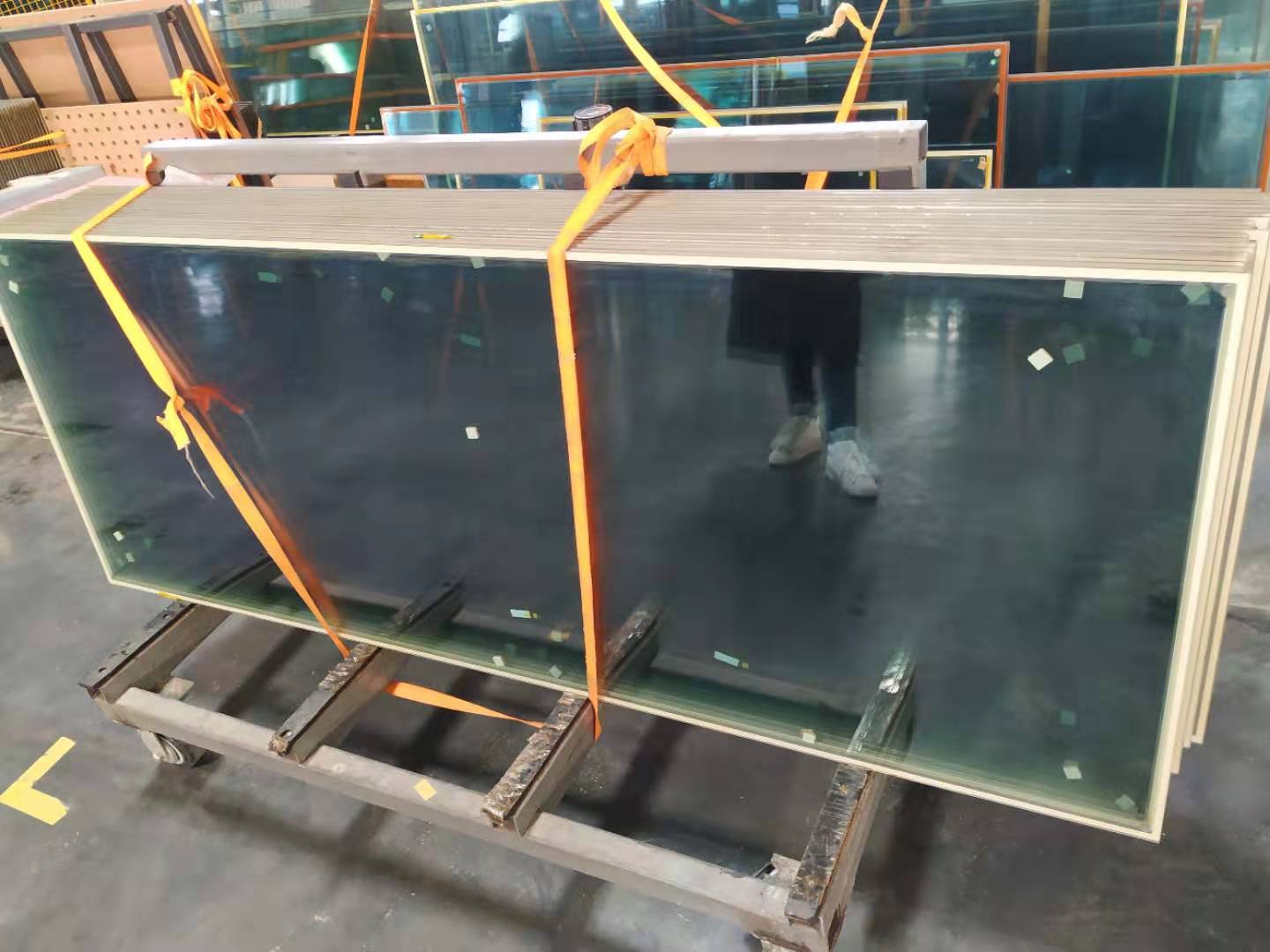Metallographic microscopic observation (1) The shape of the crack is sampled at the crack. Under high magnification, the crack is slightly zigzag, the crack tip is network-like, and non-metallic inclusions are not scattered around the crack and crack. The iron oxide in the crack is passed through the reagent. After intrusion observation, the crack orientation is basically consistent with the ferrite network. (2) Metallographic structure 45 steel bolts are used after quenching and tempering, and their normal structure should be uniform tempered sorbite. However, the microstructure of the cracked bolt is obviously different between the core and the surface. The core is tempered sorbite and the surface layer is pearlite plus network ferrite or pearlite and ferrite, tempered sorbite and other anomalies. Tissue, decarburization layer crack bolt surface decarburization layer is very serious, three bolts are extracted, the surface decarburization layer is above 0150mm, the most serious point is 0190mm, generally at 0165mm, fracture scanning electron microscope observation (1) cross section fracture After ultrasonic cleaning, under the scanning electron microscope, the black region was intergranular and the surface was oxidized. The dimples are visible at the center of the fracture, and the surface is not oxidized. There are cracks at the top of the bolt to the beginning of the fracture. (2) Long-section fracture Another fracture bolt, starting from the fracture surface, has a longitudinal crack extending deeper toward the small head of the bolt. After the crack was opened, the longitudinal fracture was observed, and the fracture surface of the crack surface was dark, showing a brittle fracture. (3) The electron probe for probe detection was scanned and analyzed in the black region of the fracture. As a result, the fixed point count of the Zn element was 666, and gradually decreased from the inside to the center, and no Zn element was present at the center. It can be seen that the crack is generated before the pickling galvanizing process.
From the investigation of the whole production process and the test results of the broken bolts, it can be ruled out that the fracture accident is caused by metallurgical defects, because no cracks are found in the solid samples, and the content of impurity elements is not high. From the analysis of the manufacturing process of the fastening bolts, the most prone to cracking is cold rolling and quenching. The batch of 45 steel causing bolt breakage has a carbon content of 0148%, which is at the upper limit of the standard component and is the lower limit of 50 steel. The steel itself has poor cold plastic deformation performance, not to mention the transition angle between the screw and the step is a sharper right angle, and the stress concentration caused by cold rolling can be up to ten times higher than the average calculated stress. In many cases, internal stress cracks in parts are caused and fractures are caused, such as engine connecting rods and cold formed molds. In addition to the slight improvement of the shape and structure of the bolts, the choice of materials should be made of high-strength bolts for cold heading, instead of the general 45 steel, such as ML20MnTiB. It is well known that the internal and external quality requirements of steel for cold heading are very high. Only when the materials are properly selected, the cleanliness and composition control of the materials are very strict, and the surface is almost flawless, the surface quality of the parts after cold rolling can be guaranteed. From the analysis of microstructure, another major source of bolt cracks is quenching. We know from the manufacturing process of the bolt that the quenching temperature is 860e and the coolant is brine. If the carbon content of this batch of 45 steel is the lower limit of the standard component, the quenching temperature of 860e is suitable and there is no overheating. However, the actual carbon content of this batch of 45 steel is 0148%, which is at the upper limit of the standard composition. The corresponding phase change point Ac3 has been reduced to 750-760e. If it is still quenched according to 860e, overheating will occur, and the quenching process will be produced. The possibility of cracking is greatly increased. In addition, the surface of the bolt has a severe decarburization layer. After quenching, the surface layer is bound to retain pearlite and ferrite, which greatly reduces the strength of the outer layer of the material and resists the ability of crack initiation and expansion. The 45-steel quenching coolant is brine, and the center layer is quenched into martensite structure (tempered sorbite after quenching and tempering). The outer layer is subjected to a large tensile stress state, and a crack is first formed at the weak link and the extension is extended. It has been oxidized from the crack surface, and the microstructure analysis found that there is iron oxide in the crack tip, which also indicates that the crack is formed after quenching, and then oxidized at high temperature tempering. Finally, in the manufacturing process of the bolt, it is also unreasonable to arrange the magnetic particle flaw detection process after rolling the thread, which will affect the observation of the crack, especially for the oblique or lateral crack, which is more likely to cause the missed inspection.
Insulating glass units, or IGUs, are designed to keep homes warmer in the winter and cooler in the summer. consists of two or more glass window panes separated by a vacuum or gas-filled space to reduce heat transfer across a part of the building envelope. A window with insulating glass is commonly known as double glazing or a double-paned window, triple glazing or a triple-paned window, or quadruple glazing or a quadruple-paned window, depending upon how many panes of glass are used in its construction.
Insulated Glass can be double insulated glass, triple insulated glass, laminated insulated glass, Low-E Insulated Glass, vacuum insulated glass, insulated glass with internal blinds, Colored Insulated Glass and so on for windows, doors, exterior curtain walls, thickness, color, size can be on customer's request.
Vacuum insulated glass is a special kind of insulated glass, there is no need aluminum spacer, but 0.3mm Vacuum Spacer, more energy saving but with thinner than normal insulated glass. It can be applied to home appliance and also buildings.




Vacuum Insulated Glass Panel,Custom Insulated Glass,Double Pane Insulated Glass,Laminated Insulated Glass
Shanghai Lead Glass Co.,Ltd , https://www.leadglaze.com